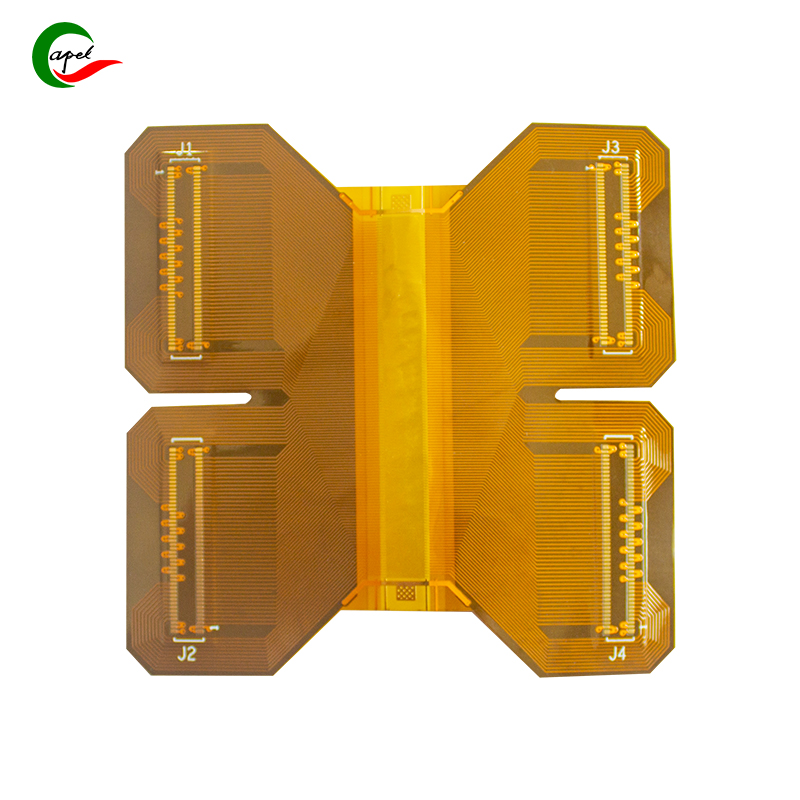Date: 2025-10-17
Vibration-induced solder joint failure remains a significant challenge for flexible PCBs operating in dynamic environments. Through our work with automotive and aerospace applications, we've developed effective accelerated testing methodologies that balance testing efficiency with real-world correlation.
The Need for Accelerated Testing
Traditional vibration testing timelines often conflict with product development schedules. We've encountered situations where conventional testing would require six months to simulate a product's five-year service life. Accelerated testing addresses this challenge by concentrating the damage accumulation process while maintaining correlation with field performance.
The key lies in understanding that not all vibration exposure causes equal damage. Our field measurements have shown that only specific frequency ranges and vibration profiles actually contribute to solder joint fatigue. This understanding forms the basis for effective test acceleration.
Fundamental Testing Principles
We base our approach on the concept of damage equivalence rather than simple time compression. The Miner's rule provides a theoretical foundation, but practical implementation requires careful consideration of material behavior and actual operating conditions.
One critical insight from our testing: the relationship between vibration intensity and damage accumulation isn't linear. Doubling the vibration intensity typically increases damage rates by a factor of eight or more, depending on the specific solder alloy and joint geometry.
Application-Specific Test Development
Different operating environments demand customized testing approaches:
For automotive applications, we typically employ random vibration profiles spanning 10-2000 Hz with RMS acceleration levels between 10-30 G. The inclusion of temperature cycling from 40°C to 125°C has proven essential for accurately replicating engine compartment conditions.
Aerospace applications require broader frequency ranges (20-5000 Hz) and higher acceleration levels (20-40 G). The combination of random vibration with periodic sine sweeps helps identify and stress resonant frequencies that might otherwise be missed.
Industrial equipment testing focuses on lower frequency content (5-3000 Hz) with moderate acceleration levels (15-35 G). The relatively stable temperature environment in most industrial settings allows for simplified thermal testing.
Test Duration Calculation Methodology
Determining appropriate test duration involves multiple factors:
We start by calculating the acceleration factor using the cubic relationship between stress and fatigue life. However, we've found this theoretical approach requires practical adjustment based on field data correlation.
The concept of "damaging hours" has proven valuable in our testing. By analyzing field vibration data, we've determined that only 10-15% of operational time typically involves vibration levels sufficient to cause cumulative damage.
Temperature acceleration provides additional testing efficiency. Our data shows that each 10°C increase above the maximum operating temperature approximately doubles the damage accumulation rate for typical solder alloys.
Implementation Considerations
Several practical aspects require attention:
Resonance identification proves crucial for effective testing. We routinely perform initial sine sweeps to identify structural resonances, then concentrate testing around these frequencies where damage accumulation occurs most rapidly.
Avoiding over-testing remains a constant concern. We've established correlation factors between laboratory testing and field performance to ensure our accelerated tests produce relevant results without introducing failure modes that wouldn't occur in actual service.
Temperature-vibration interaction demands careful management. Simultaneous application of thermal and vibration stresses has shown to accelerate failure mechanisms more effectively than sequential testing.
Validation and Correlation
The ultimate test of any accelerated methodology lies in its correlation with field performance. We maintain detailed failure analysis records and compare laboratory findings with field returns to continuously refine our testing approaches.
This validation process has revealed several important insights. For instance, we've found that certain vibration profiles can produce misleading results if not properly correlated with actual service environments. This understanding has led us to develop application-specific testing protocols rather than relying on generic standards.
Practical Implementation Challenges
Through extensive testing experience, we've identified common pitfalls:
Neglecting resonance testing often leads to incomplete fatigue evaluation. Components may pass broad-spectrum random vibration tests only to fail prematurely when exposed to specific resonant frequencies encountered in service.
Over-acceleration represents another frequent error. Excessive vibration levels can produce failure mechanisms that don't correlate with actual service conditions, leading to unnecessary design changes and increased costs.
Inadequate temperature control during testing can significantly affect results. We've implemented precise thermal management systems to ensure accurate temperature profiling throughout the test duration.
By implementing these methodologies, we've successfully reduced testing timelines from months to weeks while maintaining excellent correlation with field performance. This approach has proven effective across multiple industries and product categories, providing reliable fatigue life predictions for flexible PCB solder joints in demanding vibration environments.
related link:
Capel manufacturing PCBs since 2009. Professional technology and high-precision Printed Circuit Boards involved in Medical, IOT, UAV, Aviation, Automotive, Aerospace, Industrial Control, Artificial Intelligence, Consumer Electronics etc..